IS14 - Numerical Modeling and Optimization of Renewable Energy Devices
Offshore wind turbines, wave converters, tidal turbines and other types of renewable energy systems are commonly investigated as a part of the global objective to increase the renewable energy production. The designs are analysed using different numerical models depending on the aspect of the renewable energy system which is investigated. In most cases, the objective is to use the numerical model in order to optimize some technical characteristics of the renewable energy system. The efficiency is commonly analysed using the computational fluid dynamics (CFD) based on Reynolds averaged Navier-Stokes (RANS) or large eddy simulation (LES) models [1]. Computational structural mechanics (CSM) is used to evaluate the design safety margins and reduce the system cost. Simplified analytical models can be used to optimize the cost of energy of hybrid energy systems [2]. The numerical modelling and optimization of the renewable energy systems can aid in lowering the cost of energy and faster implementation.
This session invites publications and presentations of all sorts of numerical models for renewable energy systems. The numerical models should be intended to analyse the system and aid eventually applied for system optimization. The intended optimization can be both shape optimization or a general system optimization. The optimization objective is usually the minimization of the cost of energy, or any objective related to efficiency or system cost. Optimization cases with simple numerical models can be based on gradient-based methods. Meanwhile, if the numerical models include CFD or CSM, this requires application of gradient-free methods such as genetic algorithms. The cost of energy optimization usually requires multi-disciplinary optimization which can be very complex but can lead to interesting results and novel renewable energy system designs.

